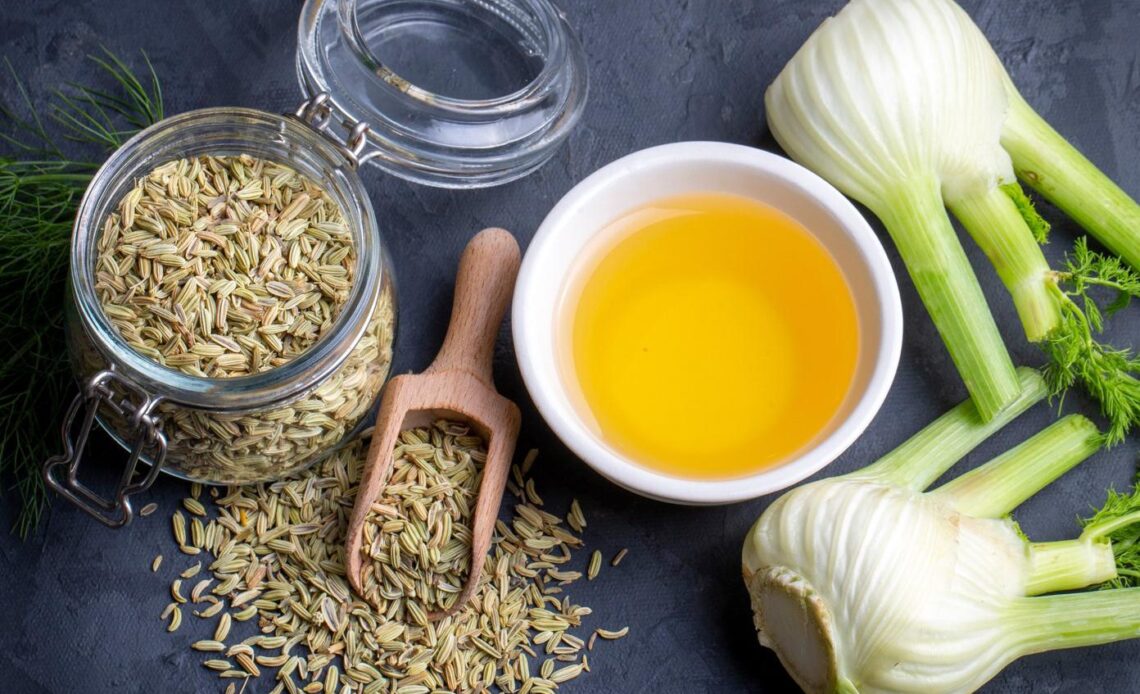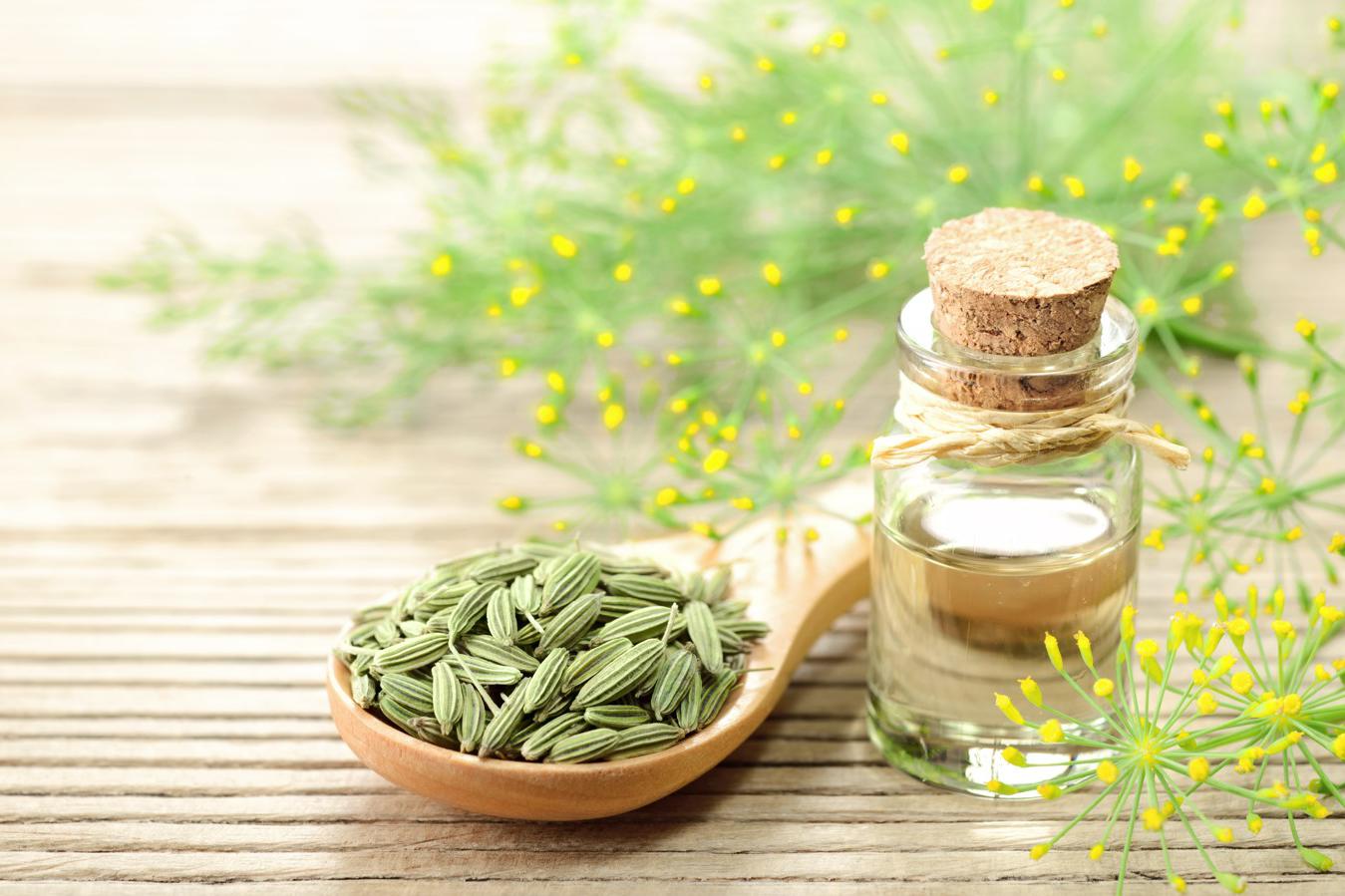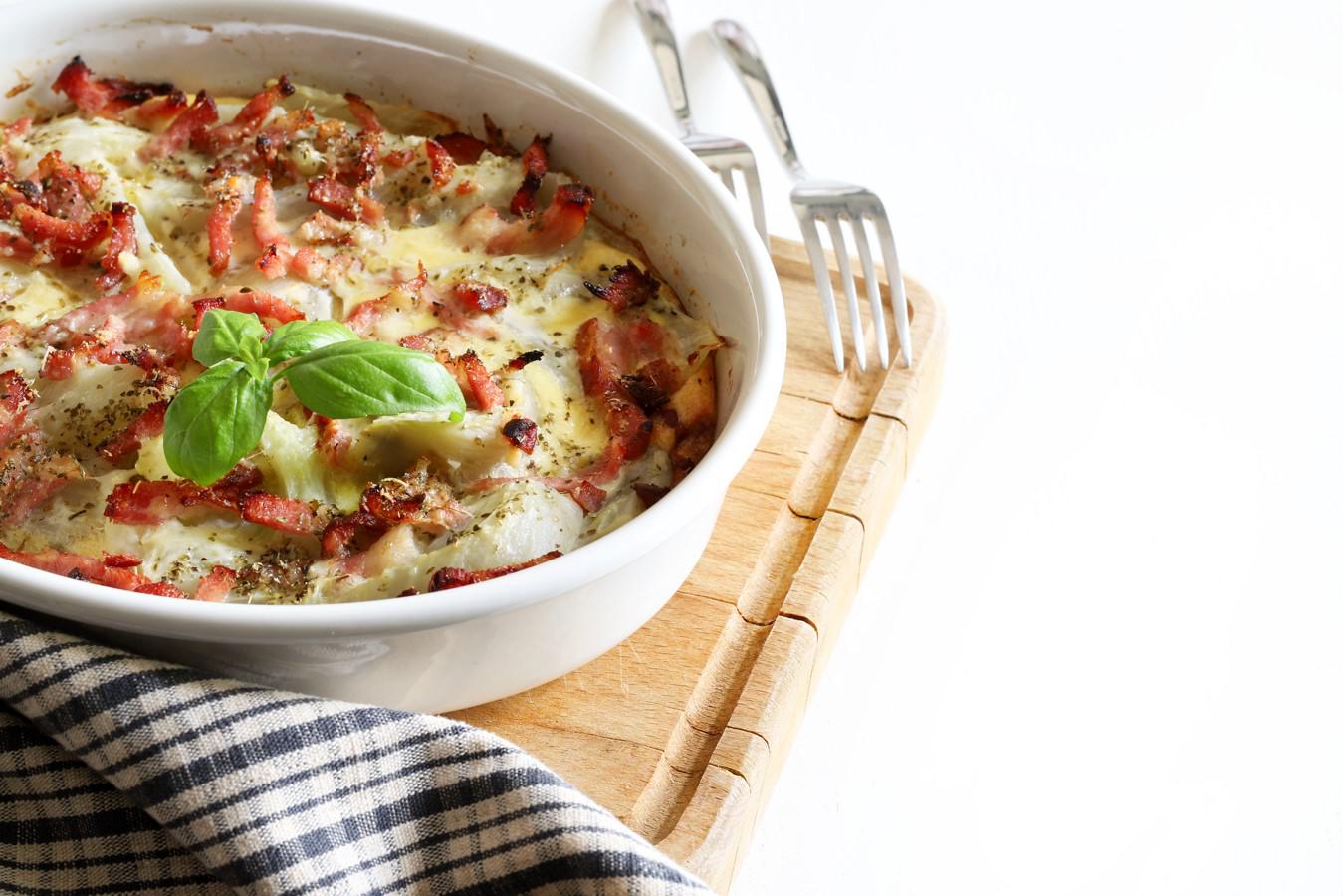
Together with experts, we tell you what fennel is, what its benefits are, and what you can cook with this plant.
Alexandra Razarenova, dietitian, gastroenterologist, nutritionist and therapist;
Yaroslav Klyuchevsky, top-category chef, brand chef, crisis manager in the restaurant business.
- What is this
- Difference from dill
- Benefit
- Contraindications
- Recipes
What is fennel
The head of cabbage should be firm, dense, uniformly white in color and without any signs of wilting or dryness.
Fennel is an essential oil and vegetable crop, a herbaceous plant of the umbelliferous family. (1). It looks like both dill and celery. All parts of fennel, from roots to seeds, are edible. It has a pleasant sweetish taste and aroma.
There are two types of fennel: common and vegetable. (2):
- Common fennel They are grown for their seeds, which are used to make medicines, essential oils and spices.
- Vegetable fennel — a culinary species. The white fleshy head formed by fused leaves is used as food. It is eaten raw, cut into salads or baked.
Fennel's homeland is the Mediterranean, from where it spread throughout the world. (3). In Europe, the popular name for fennel is “pharmacy dill”, since it looks like dill and is also used for medicinal purposes. Fennel is included in the Pharmacopoeia and is recognized as a medicinal product (4). In pharmacies, it is sold dried or as part of herbal mixtures.
The season for fresh vegetable fennel is late summer – early fall. When choosing, pay attention to the appearance. The head should be strong, dense, uniformly white and without signs of wilting or dryness. Fennel is stored in the refrigerator for up to five days. Beforehand, it can be wrapped in cling film or tightly wrapped in a plastic bag so that it does not dry out or darken.
Fennel Seeds: Uses
Fennel seeds are long, pointed at the ends, gray-brown in color. They usually ripen by the beginning of autumn. Serums, syrups, emulsions are made on their basis. Dried fruits are used for tea brewing and herbal infusions, which are drunk simply like that or for medicinal purposes. (2).
Fennel seeds are also used in cooking as a seasoning. They are added to soups, salads, meat, fish. The branches with inflorescences are well suited for preservation, for example, they can be added to cabbage or cucumbers for flavor.
In the food industry, ground fennel seeds are used to make oil, which is added to sweets, cookies, and other confectionery products. Fennel seeds are an ingredient in absinthe, a drink made from alcohol and herbal extracts.
Fennel and Dill: What's the Difference
Fennel and dill belong to the same family, Umbelliferae. plants and are very similar. The easiest way to tell them apart is by smell. Fennel has a bright aroma with anise or mint notes, while dill has a more specific aroma, reminiscent of freshly cut greens.
Fennel seeds have an elongated shape, approximately 2-3 mm wide and 10 mm long, leaving a sweetish aftertaste. Dill seeds are oval, half as long, and taste like caraway. (5).
Fennel is planted as a single plant in soil with high moisture in a well-lit place. (5). In the shade, on swampy or over-dried soil, the shoots can quickly die. Fennel does not tolerate frost well, so its roots are covered for the winter.
Dill, on the contrary, gets along well with other agricultural crops. It is a light-loving plant, but also feels good in the shade. Dill seeds tolerate cold better, so they can survive the winter in the soil and germinate in the spring. (5).
Benefits of Fennel: 5 Properties

Fennel is used in the treatment of gastrointestinal disorders
Fennel has traditionally been used in folk therapy, but modern evidence-based medicine also recognizes it. Research shows that fennel has antibacterial, anti-inflammatory, analgesic and antiviral properties. (6).
1. Saturates the body with vitamins
Fennel contains all the minerals and microelements important for the human body: calcium, copper, iron, and magnesium. It contains fat- and water-soluble vitamins: A, E, and K, as well as ascorbic acid, thiamine, and riboflavin. It also contains the essential amino acids leucine and tryptophan, which help maintain overall health (3).
2. Helps with digestive problems
Fennel essential oil regulates peristalsis of the smooth muscles of the intestine, while reducing gas formation. Fennel alone or in combination with other medicinal plants is used to treat gastrointestinal disorders, some forms of colitis, and in the case of a feeling of heaviness in the abdomen. (3), (7).
3. Improves the functioning of the nervous system
Fennel extract has a beneficial effect on the nervous system: it reduces stress levels and improves memory (3). Some studies point to fennel’s potential nootropic function, but this has yet to be confirmed. It is thought to support cognitive function, which could potentially be useful in the treatment of dementia and Alzheimer’s disease (3), (8).
4. Suitable for diet menus
Fennel is a low-calorie food that is high in fiber. (9). 100 g contains:
- 31 kcal;
- Proteins: 1.24 g;
- Fats: 0.2 g;
- Carbohydrates: 7.3 g;
- Fiber: 3.1 g;
- Vitamin C: 12 mg;
- Calcium: 49 mg;
- Magnesium: 17 mg.
Fennel has a low glycemic index is 15 units (10), so it is suitable for a diabetic diet.
5. Reduces pain and inflammation
The antispasmodic and analgesic action of fennel can be useful in dysmenorrhea – painful menstruation. Studies have shown that fennel reduces the intensity of pain during cramps (11). However, these data require detailed study and confirmation.
Fennel: contraindications and harm

If you are allergic to celery, carrots or wormwood, consuming fennel may cause an adverse reaction.
Fennel may cause an adverse reaction if you are allergic to celery, carrots or wormwood. (12). It should be used with caution in case of blood clotting disorders. Also, fennel can have a negative effect on the body in case of hormonal diseases.
Creams and oils based on fennel esters should be applied to the skin with caution, especially when exposed to direct sunlight. Fennel can make the skin more sensitive to sunburn (12).
The main contraindication to pharmacy fees is individual hypersensitivity. During pregnancy and lactation, the drugs are used only after consultation with a doctor. (13).
There are no special restrictions on the size of a serving of fennel. When buying an infusion or collection at a pharmacy, it is worth consulting a pharmacist and following the instructions for use.
How to cook fennel
Fennel is used in a variety of ways: eaten raw, sliced into salads, baked, or brewed into tea.

Baked Fennel with Bacon

Fennel can be used as an ingredient in soup or sauce, or served as a side dish or main course.
INGREDIENTS
- Fennel – 5 pcs.
- Onion – 250 g.
- Bacon – 500 g.
- Sugar — 150 g.
- Vinegar – 2 tbsp.
- Black pepper – 1 tbsp.
- Salt – 1 tsp.
- A mixture of spices from aromatic herbs.
METHOD OF PREPARATION
- Cut the fennel in half, brush with olive oil and sprinkle with herbs and salt on top.
- Place in the oven preheated to 180 degrees for 20 minutes.
- Finely chop the bacon, place it in a frying pan and melt the fat until it forms…
